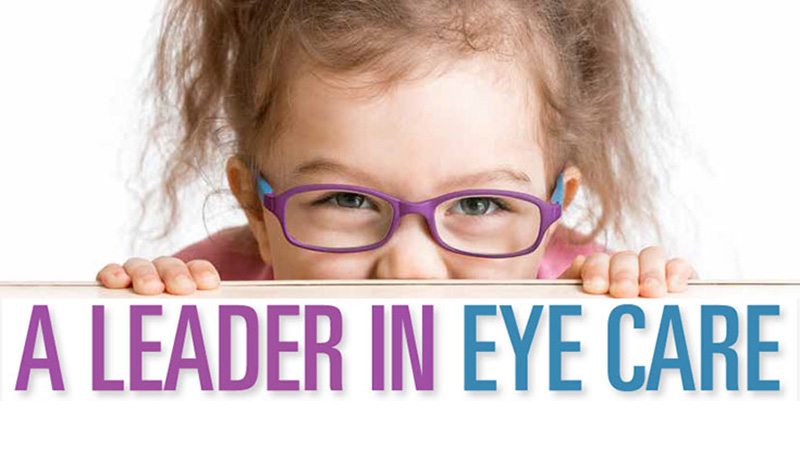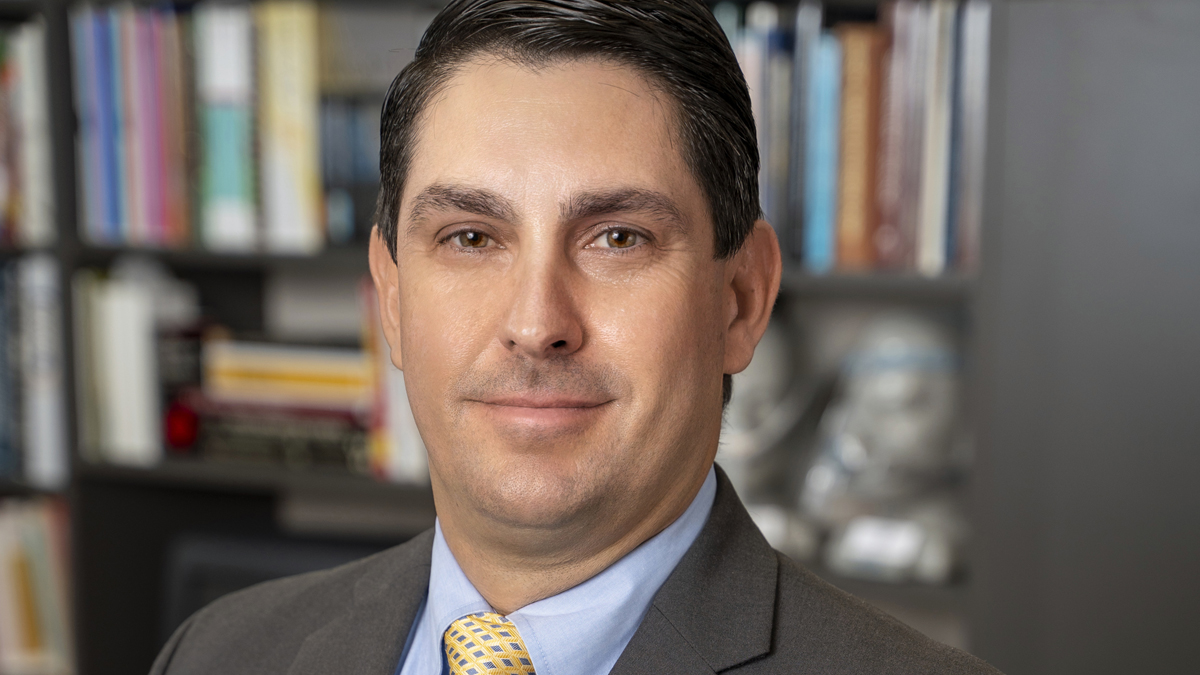It’s axiomatic that if you find yourself having trouble deciphering street signs as you cruise by at 50 mph or if you have to squint to read the daily newspaper, you visit the eye doctor’s office. There, you explain your problem, take a few tests, read the eye chart on the wall and, voila! You leave with a diagnosis and most likely a prescription for some form of corrective lenses.
But what if you couldn’t explain what was wrong with your vision? What if you couldn’t respond to questions or even read that big letter “E” at the top of the chart?
Those are problems solved daily by Draisin Vision Group, a leader for four decades in Lowcountry eye care. In addition to offering a full scope of eye care for all patients, Draisin specializes in treating people who have trouble participating in their own diagnosis, whether because they are very young or because, for whatever reason, they are unable to communicate exactly what their issues are.
Draisin participates in InfantSEE, a program of the American Optometric Association Foundation that is designed to ensure that eye and vision care are an essential part of infant wellness.
How can Draisin’s dedicated health professionals accomplish what might appear to be impossible? Dr. Katie Davis, a South Carolina native and graduate of the College of Charleston and the Illinois College of Optometry, where she earned clinical honors, said, “We provide free eye exams for six months to 1 year of age. It’s a great way for us to give back to our community and to give parents information on how to guide their childrens’ visual development.”
The key to all of this is a sophisticated system for measuring the light reflected from a child’s (or a compromised adult’s) eyes and neutralizing that with special lenses. No feedback is needed from the patient, and this testing also determines whether eye alignment is correct, the eyes are healthy and, in children, the tissue is developing normally.
Dr. Davis noted, “At six months, most kids are where they ought to be visually, and we don’t have to prescribe. We like to see them back at 2 years of age and then monitor them from there. For those children for whom we do prescribe, the results can be spectacular, as anyone who has seen on TV or in an online video of babies with new eyeglasses seeing their mothers and fathers clearly for the first time.”
She said that Draisin also offers nonsurgical treatment for vision and learning or reading problems in young children.
“We get referrals from other eye care providers about children who are seeing double,” she said. “Often, the parents are shocked and wonder why their child didn’t tell them. The answer often is because the child has always seen double and simply thought that’s how everyone else saw the world.”
In addition to diagnostics, Draisin’s eye care professionals operate a specialized vision training room for both young and old to treat vision or learning problems, retraining the brain to use the eyes more efficiently. This brings into play an array of specialized ophthalmic tools that allow them to control what patients are seeing and to arrange conditions for learning so that they can improve their vision.
The very young and those who have suffered from concussions, other head injuries or strokes may not be able to determine whether the third letter on the fourth line down is an “O” or a “C.” But with the extraordinary techniques employed by Draisin, they’ll no longer have to.
For more information, visit www.draisinvision.com.






